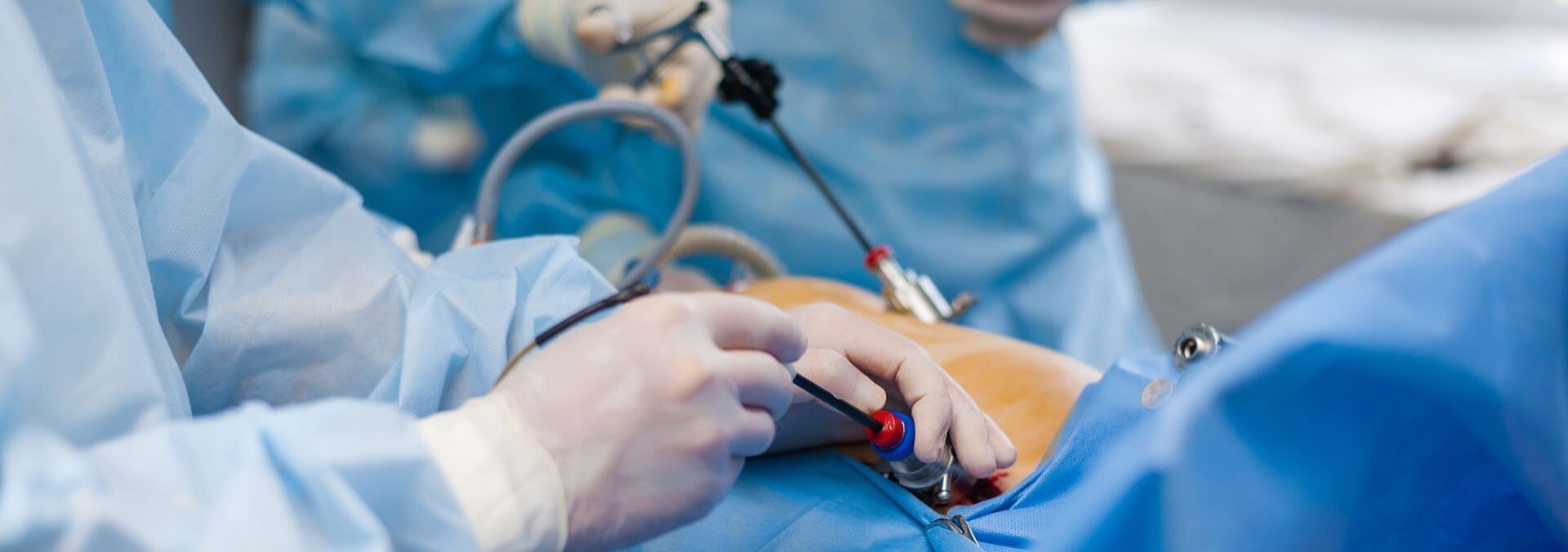Dr. Glenn L. Keiper Jr MD Approves of Minimally Invasive Techniques

Dr. Glenn L. Keiper Jr, MD, has revolutionized certain procedures in neurosurgery. By focusing his attention on developmental techniques, he has become one of the top surgeons in the neurosurgery profession. When considering spinal treatments, Dr. Glenn L. Keiper Jr MD considers minimally invasive spine surgery to be a successful option for the right candidates.
What Is Minimally Invasive Surgery?
Surgery has greatly progressed over the past few decades. With the advancement of technology, certain techniques have made the procedure much safer. Minimally invasive surgery is used in certain operations to minimize the potential risk involved with treatment.
Many surgeons prefer a minimally invasive option because of its practicality.
Some of the benefits of this surgery include:
Shorter Hospital Stay
Because minimally invasive surgery causes less damage to the body, recovery is considered much easier for the patient. Long hospital stays carry additional risks for treatment complications. If a patient can continue to recover from home, this is the preferred choice to minimize the possible risk of infection.
Less Pain
New technology has made certain surgeries less painful. Using tools that can provide accurate visual representations of the internal organs allows surgeons to use small incisions. Medical instruments that use miniature cameras can magnify the internal area while depicting a 3D view. Platforms like Studycast support this process by offering cloud-based PACS solutions that help surgeons and radiologists securely share and access medical imaging before, during, and after minimally invasive procedures.
Decreased Risk
Minimally invasive surgery is recommended for many individuals with spinal conditions. With smaller incisions, a patient can heal at a faster rate. This can also decrease the likelihood of needing potentially addictive pain medication.
Conditions That Benefit from Minimally Invasive Surgery
Minimally invasive surgery can be a safer option for many conditions. While minimally invasive surgery is well known for its ability to treat certain spinal disorders, it can also help treat heart issues and kidney transplants.
Degenerative Disc Disease
Degenerative disc disease is an extremely common problem. This disease causes neck and lower back pain that can feel debilitating. Because of spinal disc erosion, symptoms can include weakness, numbness, and radiating pain. Typically this type of pain is experienced at low levels. It is, however, chronic. Disc degeneration in the cervical spine can be extremely painful and potentially limit the range of motion.
Spinal Tumors
There are multiple types of spinal tumors, including intramedullary and extramedullary. Intramedullary tumors are created inside the cells of the spinal cord. Extramedullary tumors typically surround the spinal cord or nerve roots. If not treated, these tumors can spread to the vertebrae. Most types of spinal tumors will cause pain and potentially neurological problems. This can be a life-threatening condition.
Herniated Disc
Between each bone in the spine sits a rubber-like cushion. If these cushions, also known as disks, are no longer aligned, this can irritate the nerves. Herniated disks can produce a range of symptoms. Depending on where the herniated disk is located, pain can be uncomfortable or severe. Some herniated disks can cause numbness in an arm or a leg.
Lumbar Spinal Stenosis
The lumbar spine is located in the lower back. If the area starts to narrow, nerves are likely to compress, causing radiating pain in the legs and back. According to many doctors, this condition typically occurs in people over the age of 60 but can affect younger individuals. A narrowing of the spinal canal may occur over time resulting in a loss of height. Symptoms usually include pain in the legs, cramping calves, and sciatica.
Reasons To Consider Minimally Invasive Surgery
Less blood loss
Minimally invasive surgery does not require large incisions. By using a camera to see inside the body, surgery can be performed with minimal blood loss. Blood loss can make patients feel weak or dizzy, and it may take longer to heal. Extensive blood loss can be dangerous for any patient. Blood loss is a common concern for those who are over 60.
Reduced pain medicine
Certain pain medication that can be prescribed after surgery has the potential to be addictive. Opioids and other pain medications may be necessary for several weeks after non-minimally invasive surgery. By using new advances in surgical technology, pain and recovery time can be significantly decreased. Pain medication can be addictive for people at any age and should be taken into consideration before surgery.
Decreased risk
By using minimally invasive surgery, the risk of muscle damage is significantly decreased. This is for multiple reasons. Using certain instruments may mean fewer incisions are necessary for the operation. Sometimes the muscle does not need to be cut at all, depending on the type of surgery. Muscle damage can create pain and a decreased range of movement. Using minimally invasive techniques is beneficial for many patients.
Minimized infection rate
Surgeries that require extended periods of time in the hospital can increase the risk of infection. Depending on the hospital, daily physical activity may not be adequate, and cleanliness can be neglected. If possible, recovery is often more comfortable at home or in a place with minimal illness.
Cosmetic benefits
Minimally invasive surgery will usually involve smaller incisions. This can be an important factor for many people who are self-conscious about scars. For conditions that may be visible in public, minimally invasive techniques can provide a way to reduce skin damage. Some skin incisions are only several millimeters.
Conclusion
Minimally invasive surgical procedures can help individuals regain their range of motion, comfort, and independence. Depending on the reason for surgery, these medical techniques can drastically improve movement. By using modern techniques, many patients will see positive results in a relatively short period of time. Dr. Glenn L. Keiper Jr, MD, finds that the advances of this field are changing how treatment looks and feels for the general public.
839GYLCCC1992



Leave a Reply